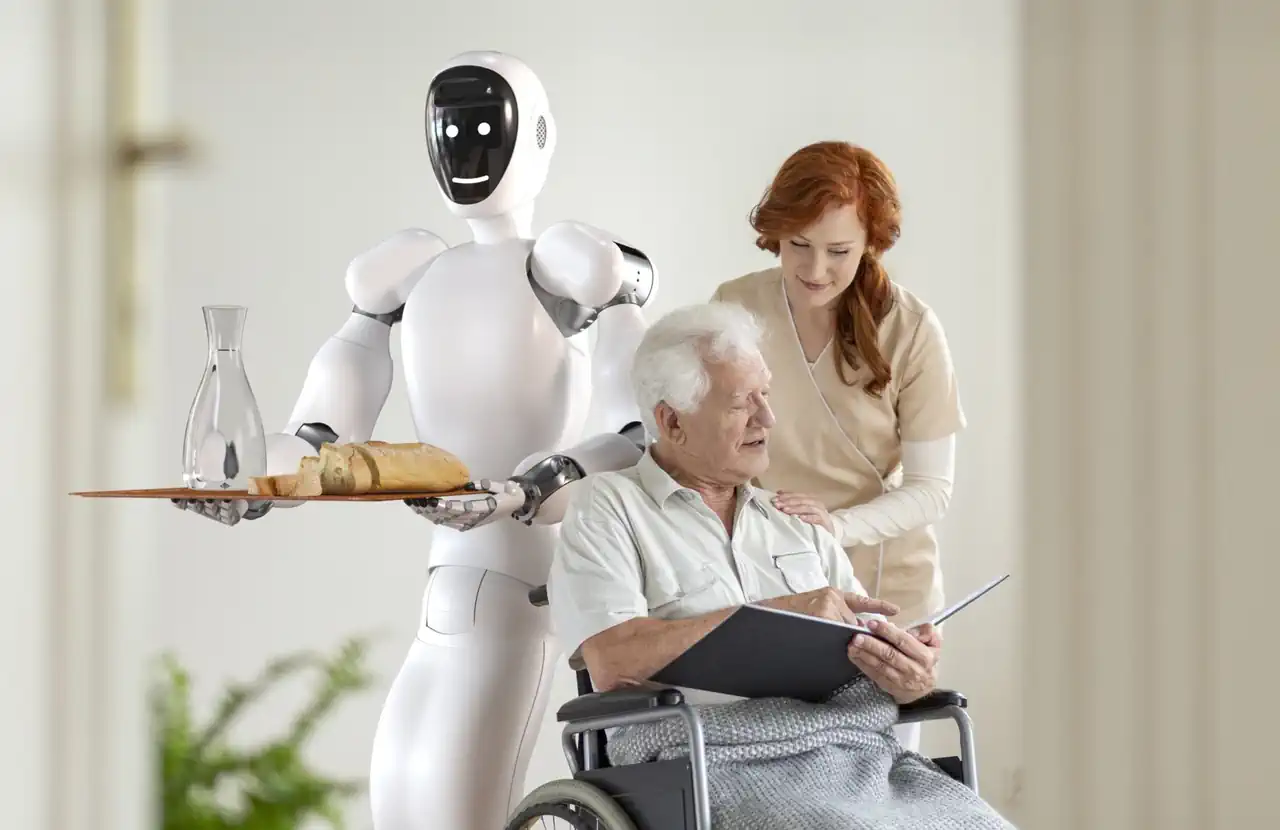In recent years, the field of robotics has made remarkable strides, with humanoid robots emerging as one of the most exciting and promising areas of development. These human-like machines are poised to revolutionize various sectors of our society, from healthcare to education, and from manufacturing to home assistance.
One of the most significant applications of humanoid robots is in healthcare. As populations age in many developed countries, these robots can provide valuable support to overworked medical staff. They can assist in patient care, perform routine check-ups, and even aid in complex surgeries. Companies like Intuitive Surgical have already demonstrated the potential of robotic systems in enhancing surgical precision.
In the realm of education, humanoid robots are proving to be effective teaching assistants. They can provide personalized learning experiences, adapting to each student’s pace and style. For instance, SoftBank’s Pepper robot has been used in schools to teach programming and robotics, making complex subjects more engaging and accessible to students.
The manufacturing sector is another area where humanoid robots are making significant inroads. Unlike traditional industrial robots, humanoid robots can navigate human-designed spaces more easily, making them ideal for tasks that require flexibility and adaptability. Companies like Boston Dynamics are at the forefront of developing such versatile robots.
In home environments, humanoid robots have the potential to become indispensable assistants, particularly for the elderly or disabled. They can perform household chores, provide companionship, and even monitor health conditions. Toyota’s Human Support Robot is an excellent example of how these robots can enhance the quality of life for those with limited mobility.
However, the development of humanoid robots is not without challenges. Technical hurdles, such as improving balance and dexterity, still need to be overcome. Additionally, there are ethical considerations surrounding the integration of these robots into society, including privacy concerns and the potential impact on employment.
Despite these challenges, the market for humanoid robots is expected to grow significantly in the coming years. According to a report by Allied Market Research, the global humanoid robot market is projected to reach $3.9 billion by 2023, growing at a CAGR of 52.1% from 2017 to 2023.
As technology continues to advance, we can expect humanoid robots to become more sophisticated, more affordable, and more prevalent in our daily lives. While they may not replace humans entirely, these robots will undoubtedly augment our capabilities and reshape the way we live and work.
The rise of humanoid robots represents not just a technological revolution, but a societal one. As we stand on the brink of this new era, it’s clear that these human-like machines will play a crucial role in shaping our future. The question is no longer if humanoid robots will become a part of our lives, but when and how we will adapt to their presence.

